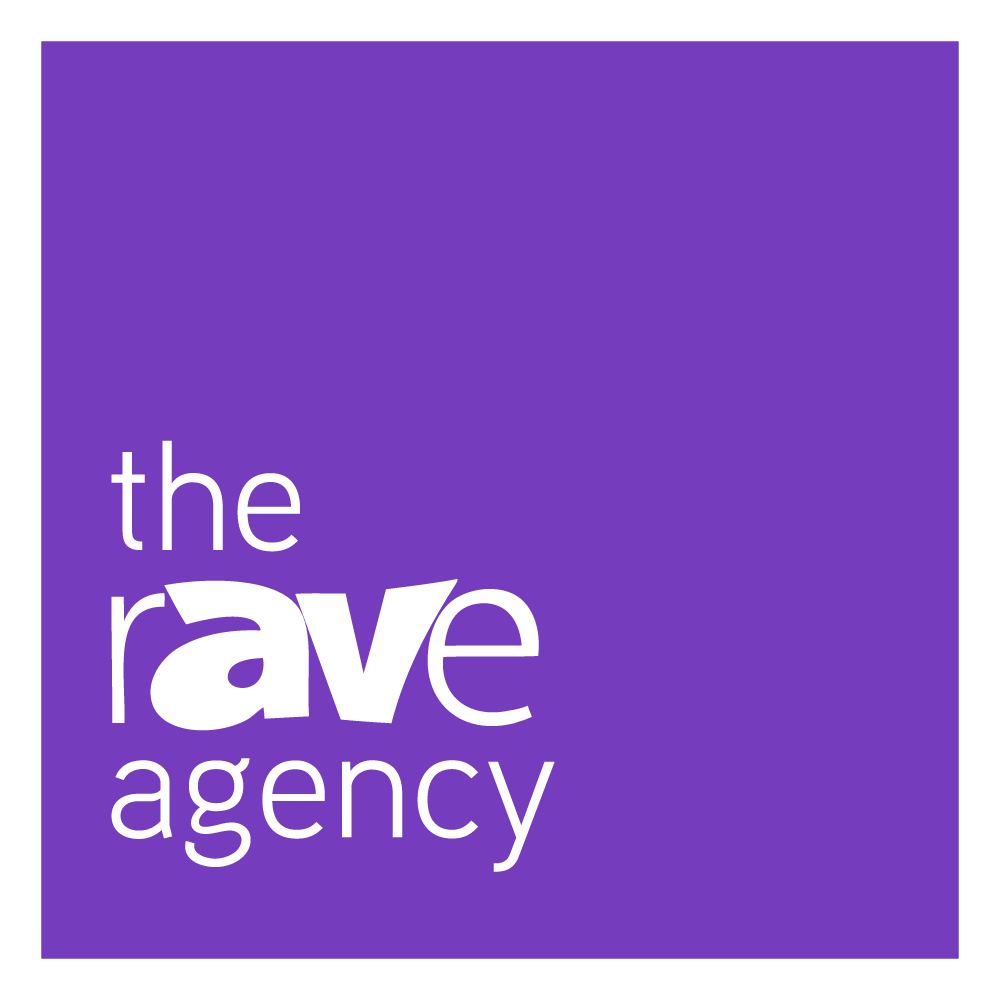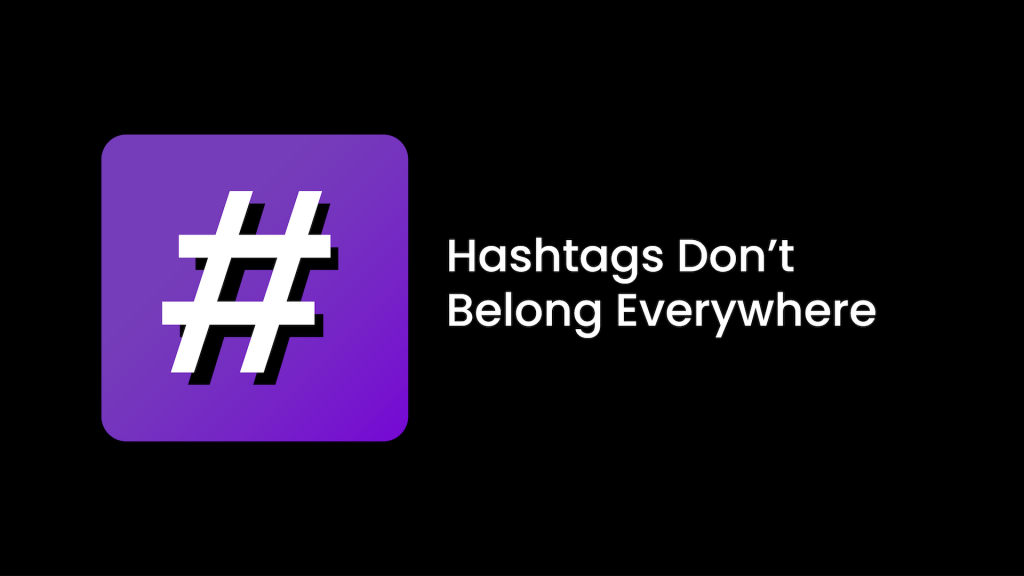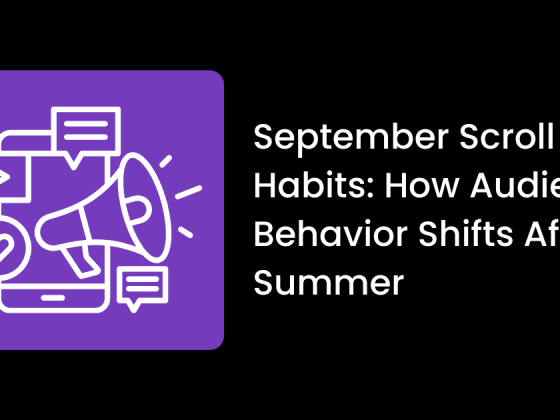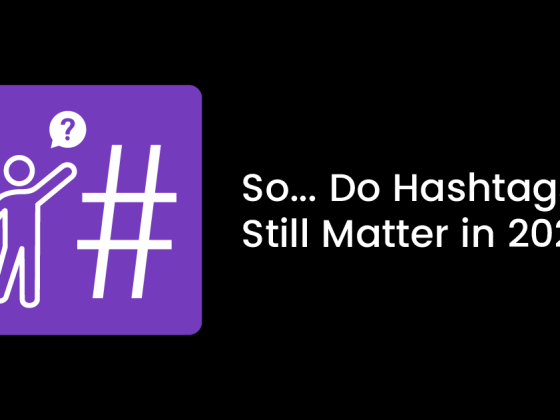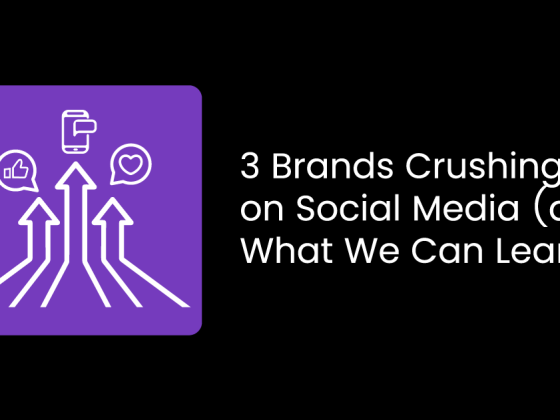When used correctly, hashtags are a great way to increase your reach and engagement across social media platforms. They are used to spread content to interested parties, increase brand awareness and uniformity, and organize photos. Each platform has its own hashtag norms, with varying success.
Twitter and Instagram are considered the most effective platforms on which to implement hashtags. On these platforms, users can search hashtags for similar content and trends and even follow hashtags to stay up to date with the latest posts under a specific tag. Applying hashtags isn’t the same across all platforms. On Instagram, you can use multiple hashtags — experts suggest between 10 and 20 — and see improvement in engagement. But to increase reach on Twitter, you should follow trends and see what people are looking at most in the current moment.
Platforms such as Facebook, Pinterest and LinkedIn don’t have as much hashtag success as Twitter or Instagram. This is due to the type of content posted on these platforms, how people interact with it, and the fact that hashtags just don’t fit as seamlessly into the content. LinkedIn, for instance, is mainly used for professional news and announcements, and using hashtags on this platform can seem unprofessional. Hashtags on Facebook are also used frugally and mainly to provoke conversation, such as including a #Ask or #Share tag.
When choosing hashtags to include in a post, it is helpful to have your intended audience in mind. More niche, specific hashtags are typically more effective. Popular hashtags with hundreds of thousands or even millions of posts will only be crowded by the oversaturation of content under the hashtag. A general rule of thumb is to stick to hashtags that have 10,000 to 30,000 uses so there is a higher chance it will be seen by searchers.
Tagging all your posts with a few hashtags specific to your brand, as well as a few more distinct to each piece of content, can help increase brand consistency. In addition, it’s better for hashtags to be one- to two-word phrases; longer sentences appear jumbled and confusing because there aren’t any spaces. Less is more with hashtags. If you use too many hashtags that aren’t relevant to your post, it’s likely the platform will flag you as spam and not promote your content to anyone.
Browse the already published content under hashtags you’re considering to decide if it’s the right fit for your intended post. If you don’t know where to start, platforms such as Ritetag and Hashtagify can help you find the hashtags that are most likely to succeed based on real-time engagement levels. After posting, monitor the effectiveness of your hashtags; do some posts get higher engagement with certain hashtags? Make note of this and apply what you find to future posts.
The goal of hashtags is to boost visibility and engagement, but it’s important to make sure you’re using them in the most efficient way possible. If you need help knowing when and where to successfully utilize hashtags, rAVe [CREATE] has proven success in content management and social media marketing for the AV industry and is a great place to start.
